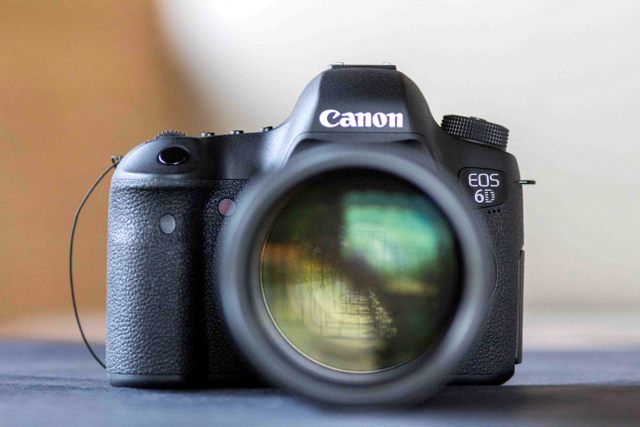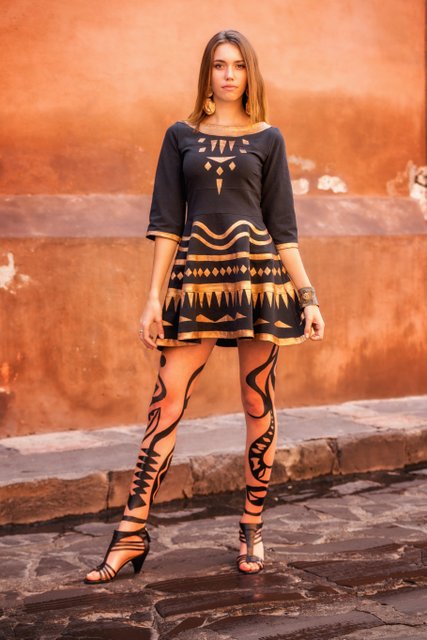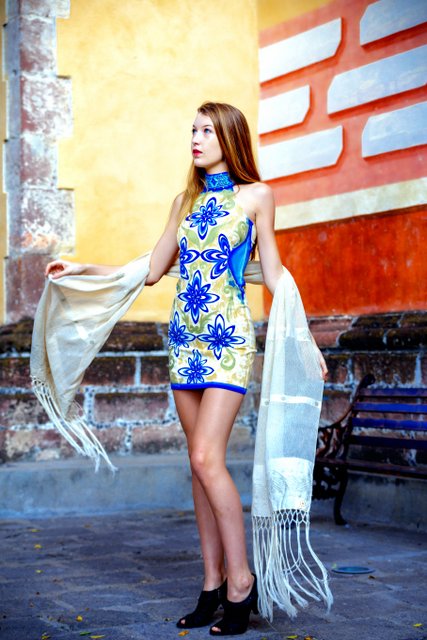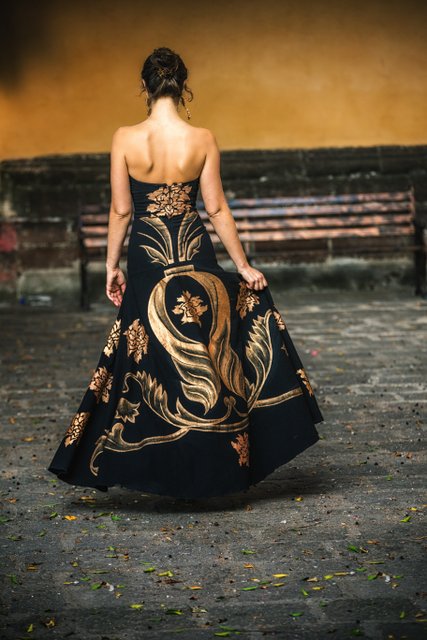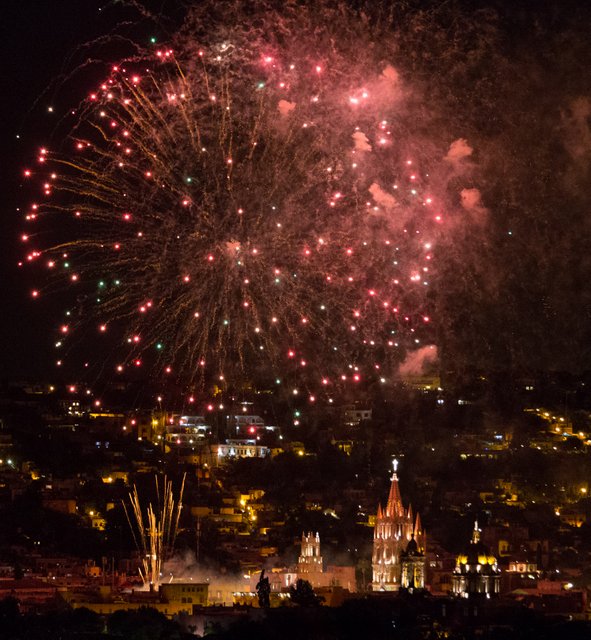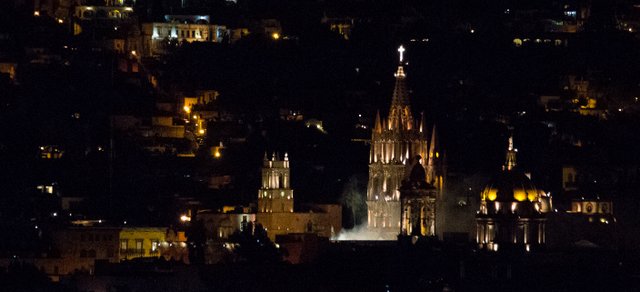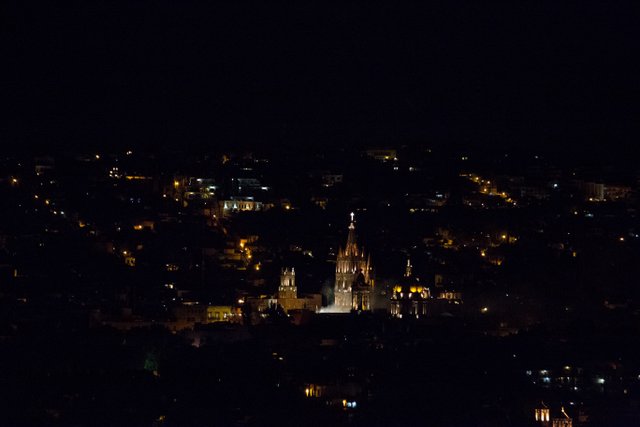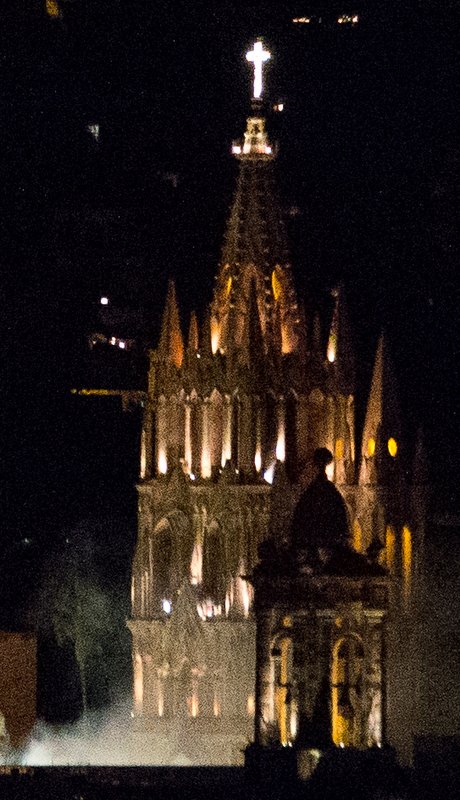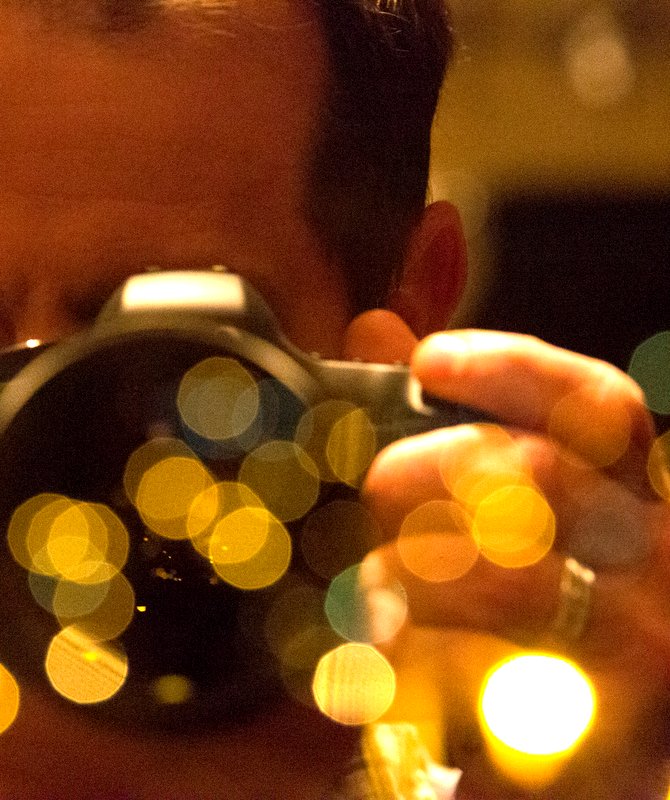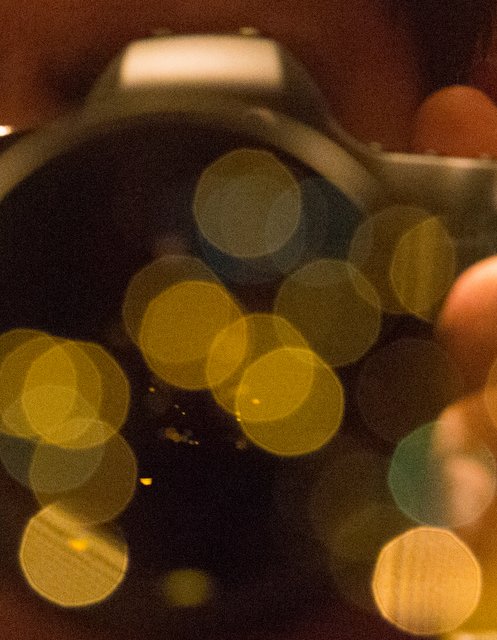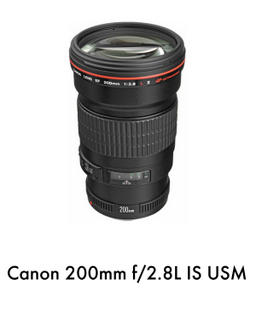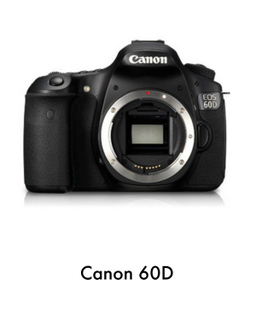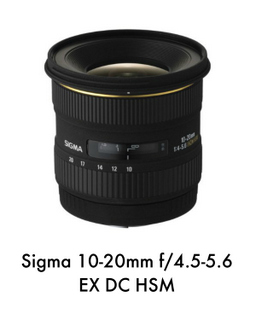Canon 6D First impressions
By Scott Umstattd
A few weeks ago I bought a Canon 6D, a Tamron SP 24-70 f/2.8 DI VC USD and a Tamron SP 70-200 f/2.8 DI VC USD. It was quite a purchase.
In a short time, I have already put this camera through its paces in the real world.
I had one night with my 6D before I took it out on a fashion shoot on the streets of San Miguel de Allende. That only gave me enough time to take some pictures and offload them just to ensure that the camera actually made pictures.
It did.
This is not a review of the 6D. I'll get to that after a while. Rather, this is to help you see what kind of pictures the 6D brings in.
Please note: my previous camera (which I still own and love) is a Canon 60D. Throughout this article, I reference the 6D's performance to that of the 60D. You may have to pay attention so as not to confuse the two.
Canon 6d - Day One
Literally.
These pictures were taken with my Canon 6D the day after it arrived.
I also used my new Tamron SP 70-200mm f/2.8 DI VC USD. This was the first time I used the Tamron too.
The Canon 6D felt good in my hands on this first shoot. I am accustomed to using a Canon 60D and the 6D is very similar in its feel and operation. The 6D is slightly bigger than the 60D but not nearly as big as the Canon 5D Mark III.
The 6D feels like a better camera when compared to my 60D. I never really noticed it before, but my Canon 60D is mostly plastic. The 6D feels like it is better prepared for a fall or bump against a door frame.
This is an interesting camera for Canon. Its price point helps to open the door for cropped sensor shooters (like myself) to the world of full-frame photography. The 5D Mark III will outperform the 6D in focus, video, and a host of other measurements but in the end the image speaks for itself.
To create an entry level price point for first time full frame shooters, Canon dumbed-down the camera to ensure it didn't compete with the highly respected 5D Mark III.
Coming from a cropped sensor camera, I was curious to see if a full frame sensor made my pictures look any different (or better). My first impression upon looking at these pictures from the fashion shoot was that I could not tell the difference between images from my 60D and my 6D. There was no magic that instantly made the pictures from the full frame 6D look better.
This should have been expected. A full frame sensor doesn't automatically make a picture better but, it does offer benefits that can subtly or dramatically help your pictures.
For one, a full frame sensor lets in or captures more light than a cropped sensor camera, which is great for low light shooters like myself. This means that my full frame 6D can venture into territory that my 60D cannot when it comes to shooting with available light.
And speaking of capturing more pictures in low light.
Canon 6D High ISO performance
One of the reasons I opted for the Canon 6D over the Canon 5D Mark III was its reported excellent performance at high ISO settings.
I find that my Canon 60D holds up well at ISO 1600 and sometimes I can shoot as high as ISO 6400 with it but I'll be doing some post processing to clean up the noise.
This shot below, taken with my Canon 6D, is something that I could have never pulled off with my Canon 60D.
A few things about this picture. You can see that the ISO is at 10,000. That's pretty high and the image is relatively clean.
This was shot handheld from a rooftop half a mile away. Now, note the shutter speed. 1/50th of a second.
This says ALOT about the Tamron SP 70-200mm f/2.8 DI VC USD lens. Once focus is locked in the VC (vibration control) really works.
The other thing to know about this picture is that is was shot in raw and went through minimal editing in Lightroom 5 (clarity and saturation mostly).
But let's turn up the ISO to 11. Here's another picture from the same night shot at ISO 20,000.
Being able to increase the ISO to 20,000 let me use a faster shutter speed. For this shot I was able to shoot at 1/200th of a second shutter speed which helps to remove any camera shake (even with great vibration control a faster shutter speed will always help you get sharp pictures.)
Here's the full-size picture (straight out of the camera).
The two pictures above were not edited. They were shot in raw and converted to JPEGs with no adjustment. Here's one more sample with an extreme crop so you can see the details.
Again, this is unedited. No noise reduction or anything from an image shot at ISO 20,000.
But wait, there's more. The Canon 6D goes beyond ISO 20,000. Here's another shot at ISO 25,600. This picture is also straight out of the camera (no edits).
And, like the other pictures on this page, this was taken with the Tamron SP 70-200mm f/2.8 DI VC USD lens.
This is pretty amazing. ISO 25,600 and a 1/6th shutter speed at 177mm. This says a lot for both the Canon 6D and the Tamron SP 70-200mm f/2.8 DI VC USD lens.
Here's a cropped version of the picture above. It is unedited (other than the crop).
Canon 6D First Impressions Final Thoughts
I've had a good first impression with the Canon 6D. After several weeks of intense use on assignments and around the house it's bringing in great images just as I expected.
I had hoped for good results at higher ISOs but I am actually pretty blown away at how well the Canon 6D manages noise at the highest ISO settings. Being able to shoot with ISO settings this high will let me take more pictures in the lowest of light.
Of course, mastering low light photography requires the right lens as well. While the Tamron SP 70-200mm f/2.8 DI VC USD lens is not the best low light lens, being able to open up to f/2.8 gives the 6D the added light to do amazing things.
The Canon 6D is going to serve me well. It's not the best DSLR choice for video, but I don't shoot that much video.
The 6D feels like a race car with restrictor plates. You know it's capable of doing so much more but it is being held back.
While I can see from time to time wishing I had quicker focus or better metering for the most part the 6D will serve all of my particular needs and then some.
Camera and lens reviews
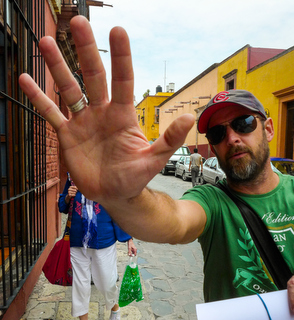
Hi there! I'm Scott. PTMY. Photography is a constant challenge and there is always something to learn - if you want to learn. For those that do want to learn, I created Picture Power as a resource for you to sharpen your photography skills. If you don't find the answer you're looking for just let me know and together we'll find a way to ignite your inner superhero photography genius. Contact me
